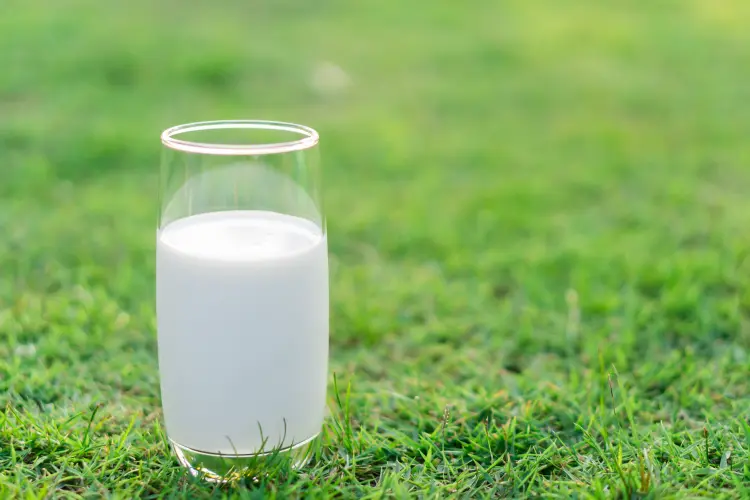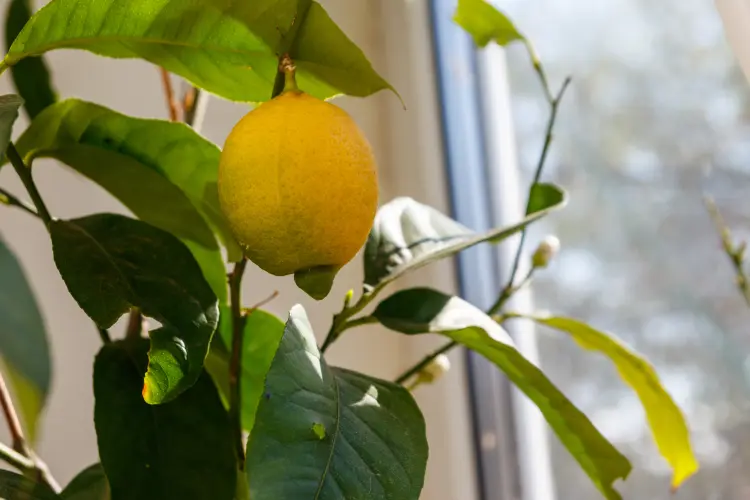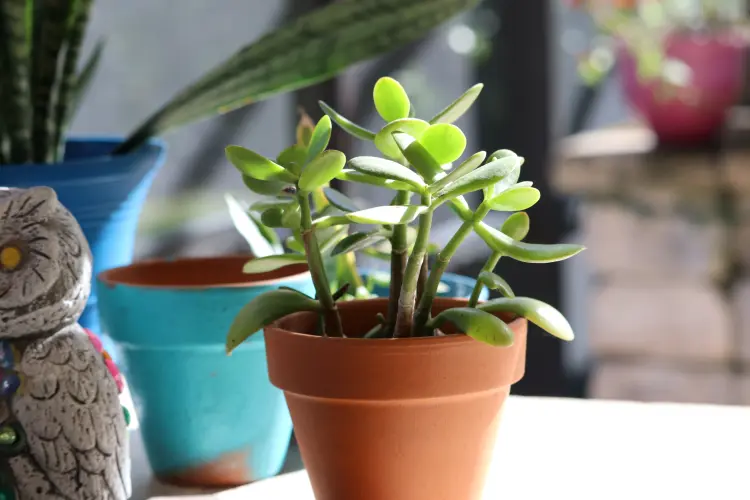Using milk to water your plants is a practice that has become very popular in recent years. However, most of the time it is a question of doing this for plants in the garden, for example tomatoes or peppers. But which plants can be watered with milk when it comes to indoor species? Which plants will benefit from this unexpected fertilizer and why?
Why Water Your Houseplants with Milk? What Are the Benefits?
When I first heard about watering plants with milk, it sounded a bit odd to be honest. Then, as I thought about it a bit, it started to make a lot more sense to me. So I decided to try it on my houseplants. Shortly afterwards, I saw the results and was really amazed at how much this kitchen ingredient was able to change their appearance. Here are the benefits:
- Milk diluted with water is a very rich source of nutrients for plants. It’s an excellent fertilizer, containing calcium, proteins and carbohydrates that keep plants healthy and encourage their growth. The nitrogen, potassium and phosphorus it also contains are vital for our green friends.
- Using this cooking ingredient also has a positive effect on the appearance of plants. Their green foliage is lusher and moisture retention is improved.
- Enriching the soil with milk can also encourage the growth of micro-organisms that are beneficial to plants.
- Milk has certain repellent properties for insects such as mealybugs and aphids.
- It’s the perfect fertilizer for species susceptible to powdery mildew, which can deform stems and buds.
But be careful! Using milk does not replace watering! Excess milk can even be harmful to plants and can encourage the growth of bad bacteria in the soil. Using a mixture of 50% milk and 50% water once a week is completely sufficient for plants.
But which plants can be watered with milk when we talk about indoor species? Here is the list:
Which Plants Can Be Watered with Milk?
In general, almost all plants will be happy to receive a little extra calcium. However, as mentioned earlier in the article, the species that are likely to get powdery mildew are the ones that will benefit the most from this practice. So, which plants can be watered with milk inside the house?
Can Lemon and Orange Trees Be Watered with Milk?
Orange, lemon and other citrus trees will be very grateful if you water them and even spray them with milk. This will help avoid the risk and even treat powdery mildew. All you need to do is mix 1 part milk with 10 parts water. Then use this mixture to mist or water your citrus fruit.
The Jade Tree
Jade tree is a low maintenance plant that requires very little water and fertilization. But is it on the list of plants that can be watered with milk? Yes, of course! However, it is recommended to use this type of fertilizer only during the growing season and place the plant in the sun before adding milk. In this way, its antifungal properties will be reinforced.
Also read: Is It Possible To Make a Jade Tree Bloom at Home? What to do?
African Violet
African violet is a beautiful little plant. However, as this indoor flower prefers moist soil and humidity, it is highly susceptible to diseases such as powdery mildew and fungal infections. To prevent this, spray the leaves of the flower with a mixture of milk and water every 10 days.
Kalanchoe
This extraordinary-looking plant produces clusters of brightly colored flowers that appear in winter and last until spring. To keep your kalanchoe healthy, you can use a mixture of water and skimmed milk to spray its green leaves.
Angel Wing Begonia
The green leaves of this houseplant are reminiscent of an angel’s wings, hence its beautiful name. This species is relatively simple to care for, but to keep it healthy and improve its appearance, you can water it with milk. Mix a tablespoon of milk in the water with which you water the plant and use this fertilizer once or twice a month, pouring it into the soil.







